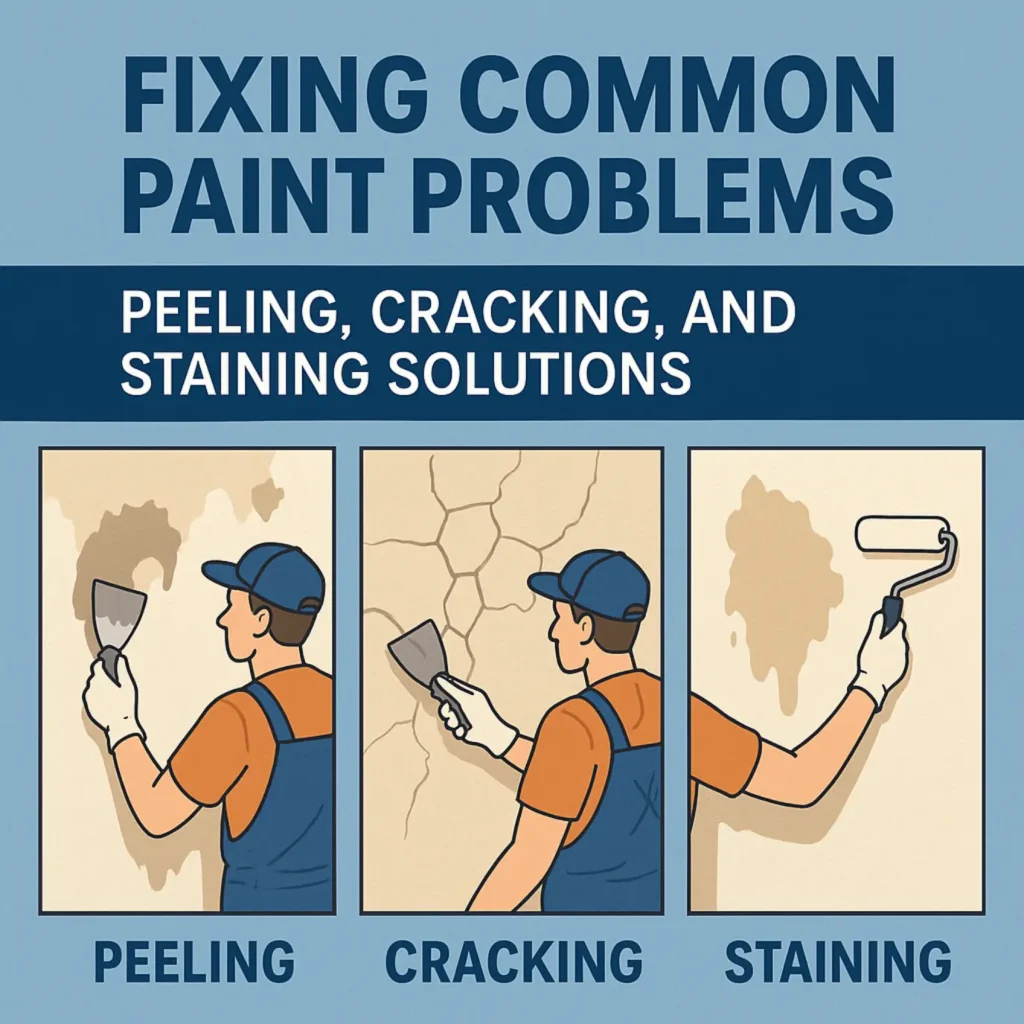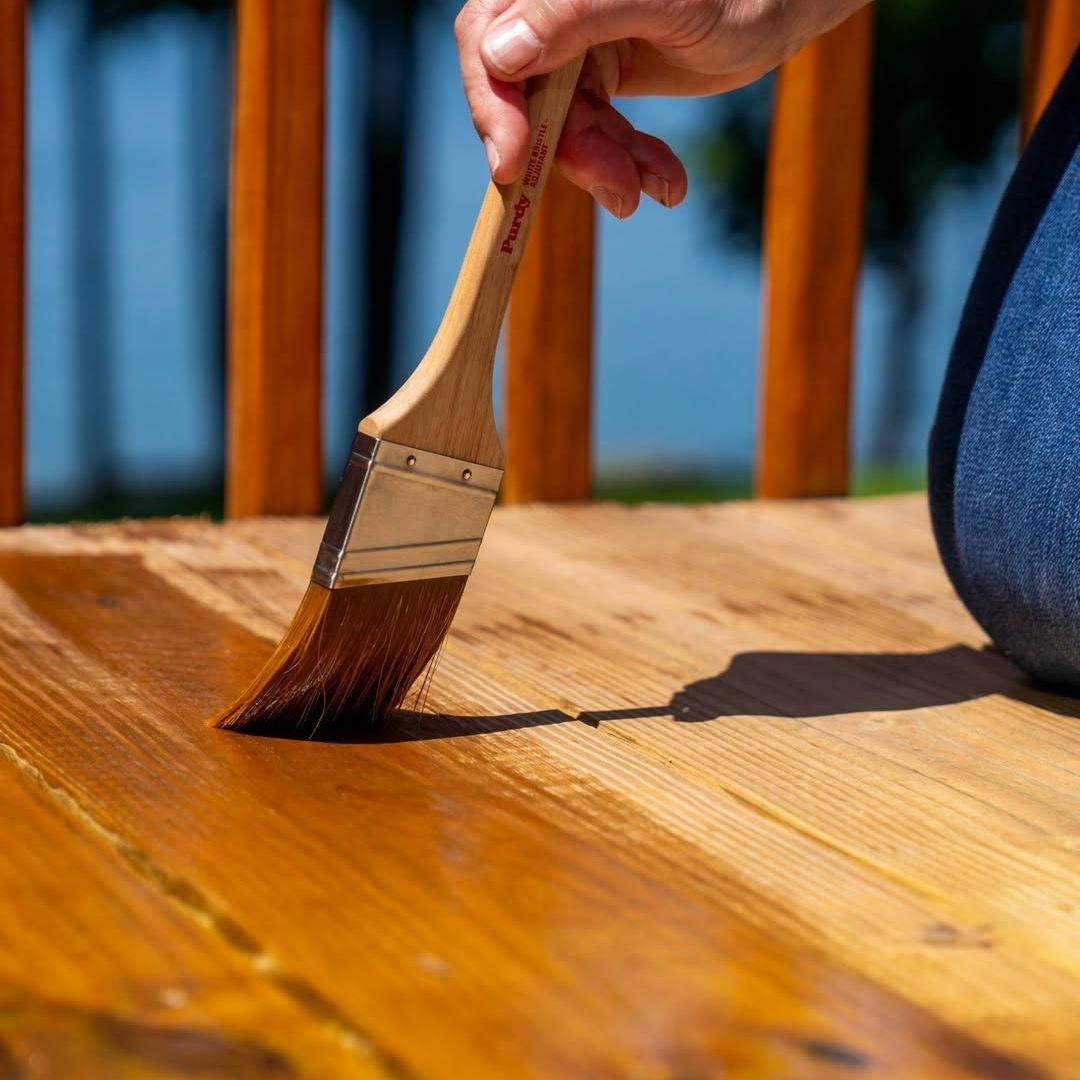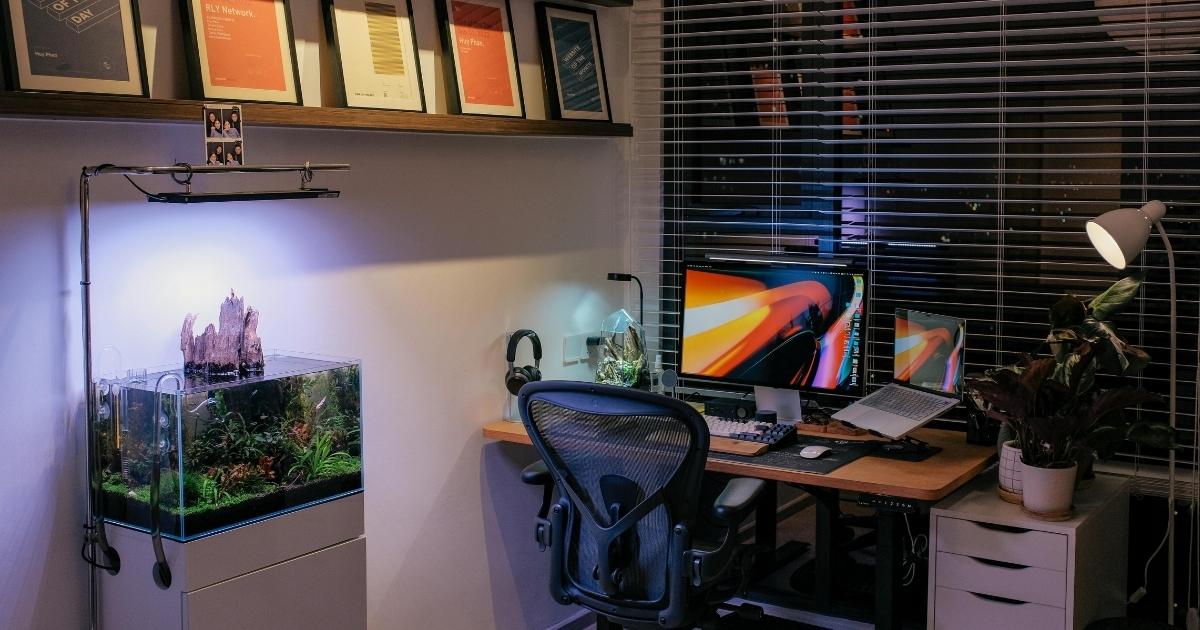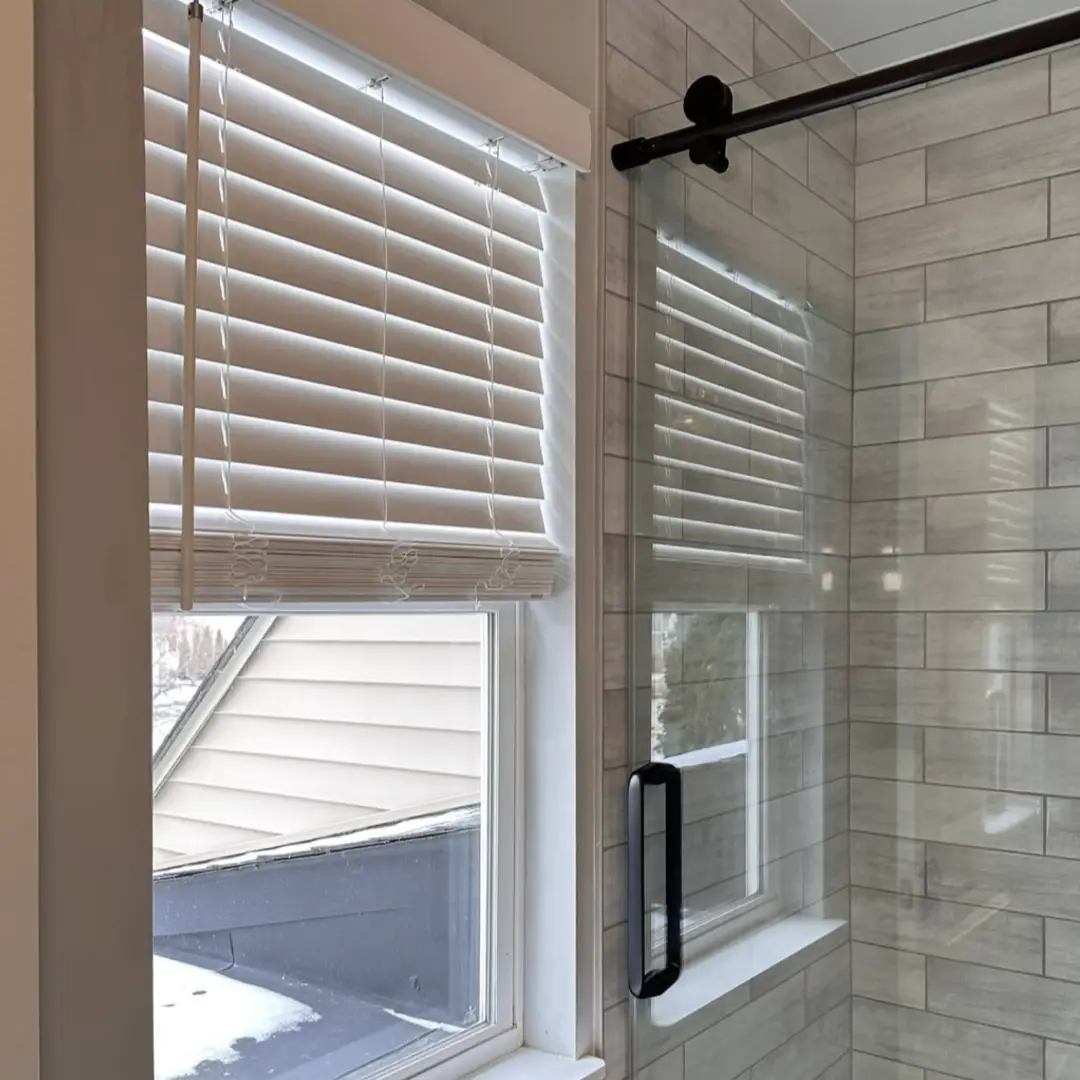Paint problems like peeling, cracking, and stains can make your home look worn and messy. The good news is that you can often fix these issues yourself and keep your walls looking fresh. Peeling paint happens when the surface under the paint has problems or the paint didn’t stick well. Cracking, bubbling, and stains are also common but preventable with the right products and steps. Let’s look at how you can solve some of the most frustrating paint problems in your home.
Why Does Paint Peel Off Walls or Ceilings?
Peeling paint can happen for many reasons. Sometimes, the surface was dirty or wet when the paint was applied. Other times, the old paint underneath is too shiny or loose for the new paint to stick.
-
Moisture is a big problem, especially in bathrooms and kitchens.
-
Using the wrong type of paint can also cause peeling.
-
Painting over dusty or oily surfaces stops paint from sticking.
If your paint is peeling, figure out why first. Check for leaks or high humidity. Once you fix the moisture problem, you’ll be able to repaint without worrying about peeling again.
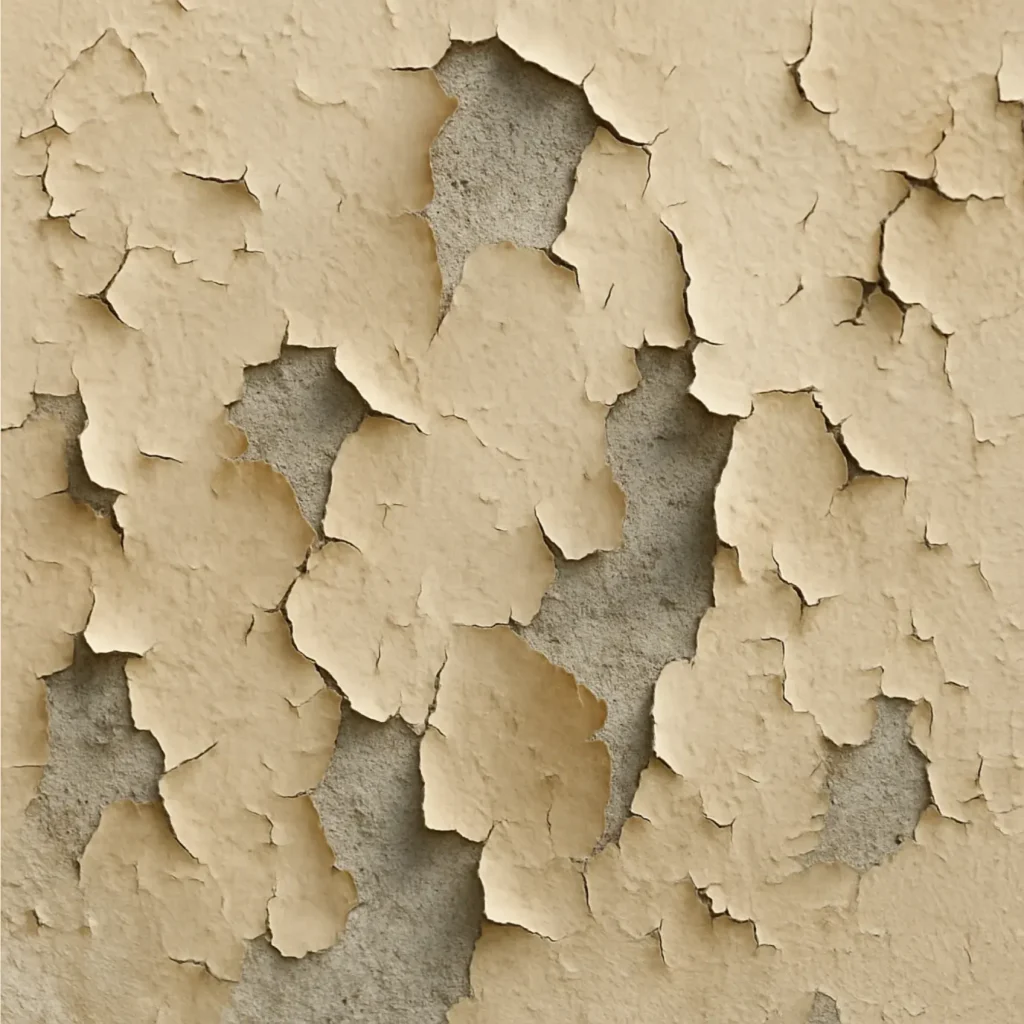
How to Fix Peeling Paint Without Repainting Everything
If you have small spots of peeling paint, you don’t have to repaint the whole room. Here’s what you can do:
-
Use a putty knife to gently scrape away the loose paint.
-
Sand the edges so they’re smooth and flat.
-
Clean the area to remove dust or grease.
-
Apply primer to help the new paint stick.
-
Touch up with matching paint.
This way, you save time and money while keeping your walls looking neat. If large areas are peeling, it might be worth repainting the whole wall for a better finish.
Best Primers to Prevent Peeling Paint
Primer helps paint stick to the wall and stops problems like peeling. It’s like a glue between the wall and your paint.
-
Use oil-based primers in bathrooms or kitchens where there’s moisture.
-
Stain-blocking primers are great if you have old stains or dark colors.
-
For drywall, latex primers work well and dry fast.
Good primer also helps paint look smoother and last longer. At The Color House, you can find primers for every kind of wall and problem, so your paint job stays beautiful.
What Causes Paint to Bubble or Blister?
Bubbles or blisters look like little bumps under your paint. They happen when paint lifts away from the wall because of trapped air, water, or heat.
-
Painting on a hot wall can cause bubbles.
-
Moisture trapped under the paint is a big reason for blisters.
-
Painting over a dirty or oily surface can cause the paint to lose its grip.
To avoid bubbles, always paint on clean, dry surfaces. Don’t paint in very hot or humid weather. If you see bubbles, scrape them off, sand smooth, prime, and repaint.
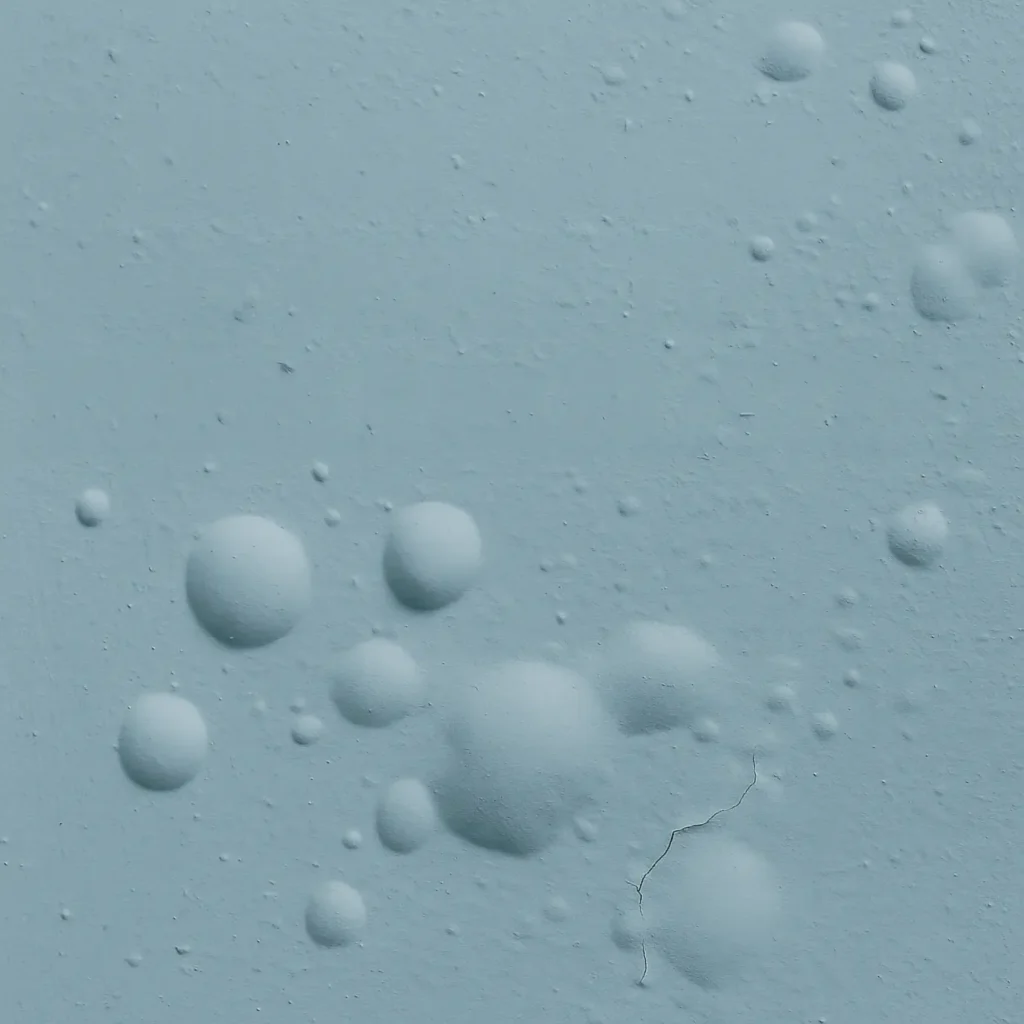
How to Stop Stains From Bleeding Through Paint
Some stains keep coming back no matter how many coats of paint you use. This is called stain “bleed-through.” It happens with things like water marks, smoke stains, or crayons.
-
Clean the stained area first to remove any dirt or grease.
-
Use a stain-blocking primer, which stops the stain from soaking through.
-
Let the primer dry fully before painting over it.
Without a good primer, stains can show up again even after several coats of paint. The Color House can help you choose the right stain-blocking primer so your walls stay clean and bright.
Conclusion
Peeling paint, bubbles, and stains can make your home look old, but they’re often easy to fix. Cleaning the walls well, using good primers, and choosing the right paint help prevent these problems. The Color House has the products and advice you need to keep your home looking beautiful. Don’t let paint troubles stress you out—most issues have simple solutions!

